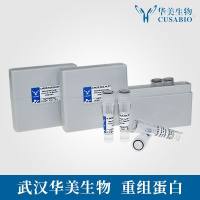Inositol Lipid-Dependent Functions in Saccharomyces cerevisiae: Analysis of Phosphatidylinositol Phosphates
互联网
互联网
相关产品推荐

Recombinant-Schizosaccharomyces-pombe-Inositol-phoshorylceramide-synthase-regulatory-subunit-kei1kei1Inositol phoshorylceramide synthase regulatory subunit kei1; ICP synthase regulatory subunit kei1
¥10878

Cell Cycle Analysis Kit (with RNase)(BA00205)-50T/100T
¥300

Recombinant-Ralstonia-solanacearum-Lipid-A-export-ATP-bindingpermease-protein-MsbAmsbALipid A export ATP-binding/permease protein MsbA EC= 3.6.3.-
¥14042

Recombinant-Human-CDP-diacylglycerol--inositol-3-phosphatidyltransferaseCDIPTCDP-diacylglycerol--inositol 3-phosphatidyltransferase EC= 2.7.8.11 Alternative name(s): Phosphatidylinositol synthase; PI synthase; PtdIns synthase
¥10668

Recombinant-Rat-CDP-diacylglycerol--inositol-3-phosphatidyltransferaseCdiptCDP-diacylglycerol--inositol 3-phosphatidyltransferase EC= 2.7.8.11 Alternative name(s): Phosphatidylinositol synthase; PI synthase; PtdIns synthase
¥10668
相关问答

